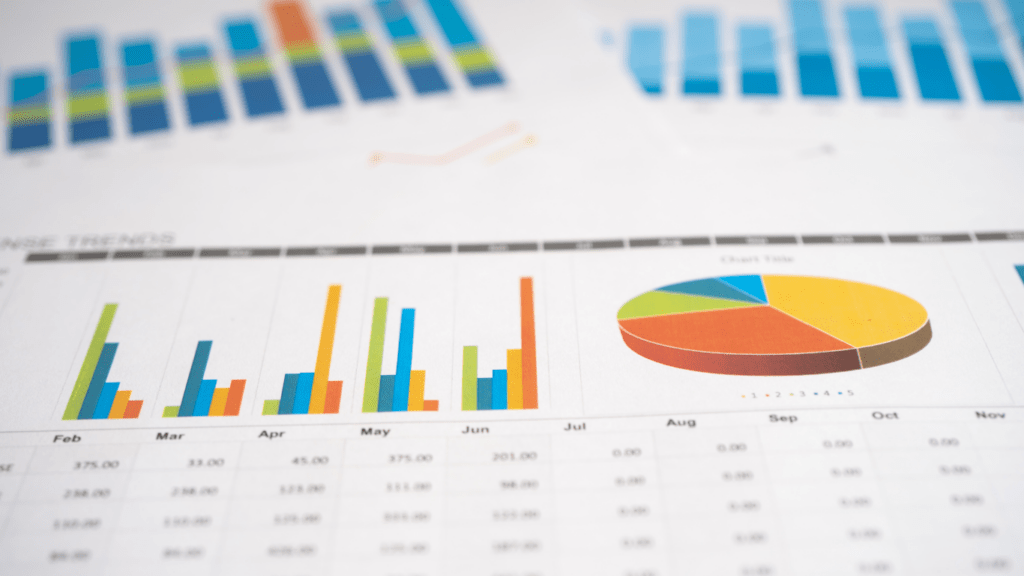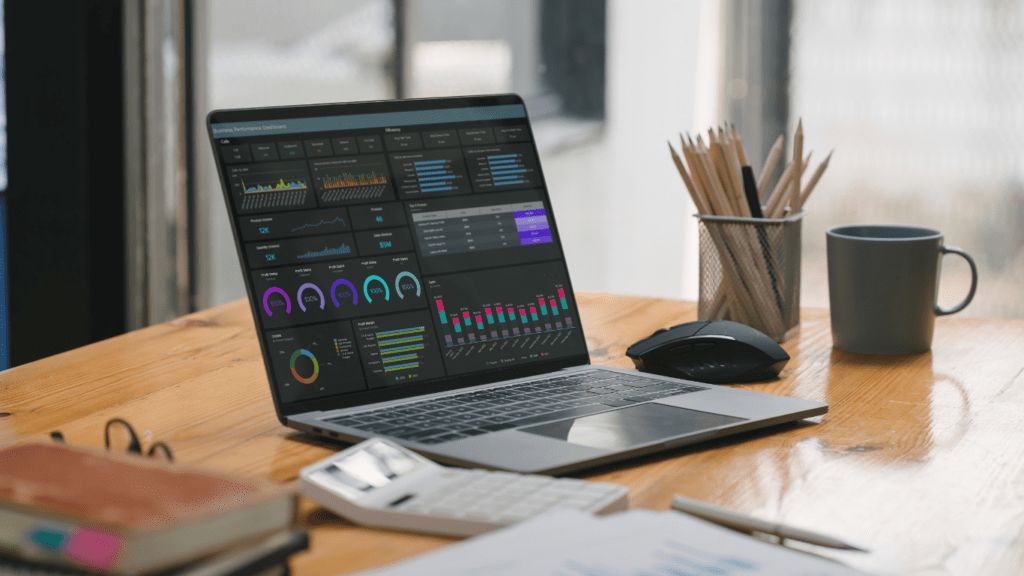Overview of Data Analytics in Sports
Data analytics in sports involves gathering and analyzing massive datasets to enhance performance and decision-making. Analysts focus on metrics like:
- player efficiency
- game dynamics
- injury patterns
Data analytics platforms, such as Tableau and R, visualize complex data, making it accessible to coaches and management. By examining historical data and real-time statistics, teams pinpoint strengths and weaknesses. Predictive models and algorithms forecast outcomes, aiding in strategy formulation. Data integration allows tracking across numerous parameters, offering a holistic view of team dynamics. This comprehensive approach helps teams remain competitive in an evolving landscape.
The Role of Data Analysts in Teams
Data analysts play a crucial role in enhancing team performance through data-driven insights. Their expertise transforms raw data into strategic advantages.
Data Collection and Management
Collecting and managing data efficiently is a fundamental aspect of a data analyst’s role. I gather data from multiple sources such as GPS trackers, video recordings, and social media analytics to ensure comprehensive coverage.
Once collected, I process and store the data in secure databases, using systems like SQL and NoSQL to maintain data integrity. I ensure data is organized and accessible for analysis so the team gains actionable insights quickly.
Analyzing Performance Metrics
- In the analysis phase, performance metrics become the focal point.
- I evaluate player efficiency, game tactics, and injury patterns using statistical software like R and Python.
- By identifying trends and anomalous patterns, I help coaches make informed decisions about player rotation and strategy adjustments.
- I employ data visualization tools to present complex analyses in a clear, easily digestible format, ensuring coaching staff and management understand key insights without technical jargon.
Tools and Technologies Used

Data analysts in sports increasingly depend on advanced tools and technologies. These resources transform raw data into actionable insights, helping teams enhance performance and strategy.
Software for Analysis
I rely on specialized software to handle complex datasets. R and Python remain essential for statistical analysis and data manipulation. These programming languages offer robust packages like Pandas and Dplyr, which streamline data processing.
I use SQL databases, as they efficiently store and manage large volumes of data, facilitating easy retrieval and cross-referencing. For machine learning applications, TensorFlow and Scikit-Learn provide predictive modeling which aids in discovering patterns and trends.
Visualization Techniques
- Clear visualization is crucial for interpreting data.
- I utilize Tableau and Power BI to create interactive and dynamic visual representations of complex information.
- These tools simplify the presentation of data, allowing coaching staff to grasp trends and insights quickly.
- Heatmaps and scatter plots often illustrate player movements and performance metrics, offering detailed insights into gameplay.
- Additionally, I employ custom visualizations, such as GIS maps, to track player positioning and spatial data, enhancing strategic analysis.
Impact on Team Strategies
Data analysts keep sports teams competitive by transforming data into actionable strategies. Through detailed analysis, they enable teams to optimize performance and adapt in real-time.
Improving Player Performance
I assess player efficiency and areas for improvement through data analysis. By examining stats like shooting accuracy and defensive metrics, I identify specific skills requiring development. For instance, analyzing training data in real-time using GPS trackers helps tailor individualized programs to boost performance. This analytical approach ensures that each player reaches their full potential by focusing on personal strengths and weaknesses.
Tactical Adjustments
Game strategy benefits significantly from my work as a data analyst. I analyze historical game data and live match statistics to recommend tactical shifts. If an opponent’s weakness is uncovered, I suggest exploiting it during a match. By employing machine learning algorithms to predict opponent behavior, I equip coaches with insights to make informed sideline decisions. These adjustments are crucial for realigning team strategies during pivotal game moments, enhancing the team’s overall effectiveness.





